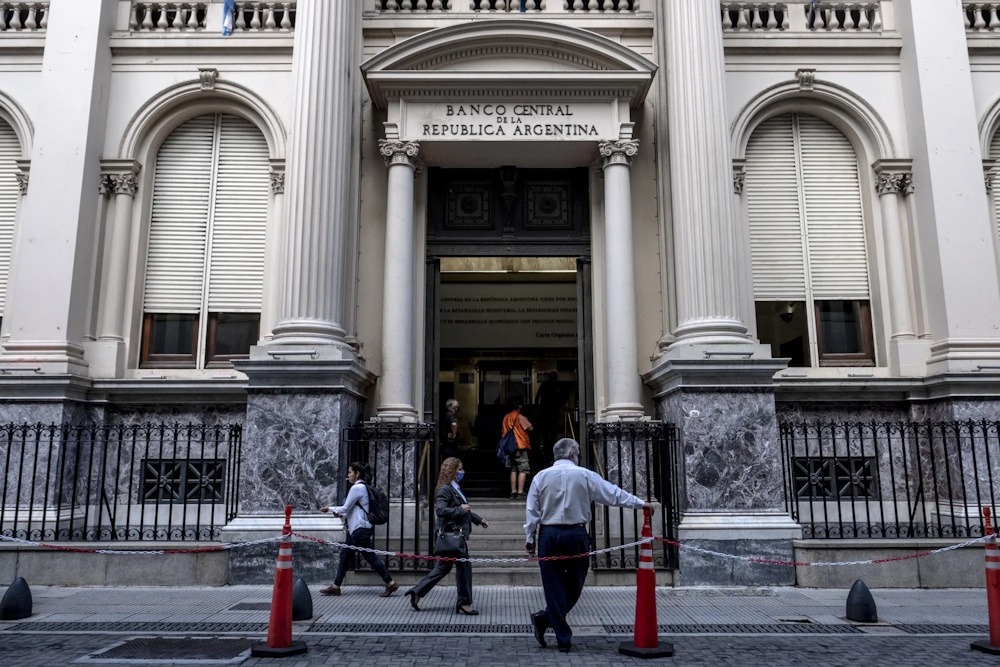Argentina’s Central Bank has reduced its one-day peso repo rate by 10 percentage points to 25 percent, thereby halting this week’s recovery in the currency. The new rate was communicated, the primary electronic trading system of the country, according to sources. The one-day repo rate has emerged as a pivotal instrument in the Central Bank’s monetary policy arsenal, particularly as it contends with ongoing inflationary pressures and fluctuations in the exchange rate.
In the aftermath of the decision, the peso depreciated to 1,370 per US dollar, having momentarily reached 1,330 per dollar earlier in the trading session. It subsequently regained strength to 1,355 per US dollar. The peso rebounded from unprecedented lows on Friday following the government’s announcement that grain export taxes would be suspended until October 31. The fiscal relief prompted a surge in dollar sales from exporters, resulting in a strengthening of the peso by approximately nine percent within a mere two-day period. The apprehension surrounding a potential abrupt devaluation diminished following the announcement from the US government regarding discussions of a US$20-billion swap line with Argentina early on Wednesday.
“The government is leveraging the influx of capital and heightened optimism in the financial markets to lower domestic rates and stimulate the economy ahead of the election,” stated Juan Sola. A representative from Argentina’s Central Bank refrained from providing any comments. The United States expressed its willingness to purchase Argentina’s dollar bonds, thereby providing President Javier Milei with some leeway ahead of the midterm elections scheduled for next month. The action highlights US President Donald Trump’s determination to assist his ally in preventing a decline in the peso. On Tuesday, the two leaders and their respective teams convened on the periphery of the United Nations General Assembly in New York. Milei expressed gratitude to his US counterpart for the “firm support” on Wednesday.
“Now that it has found backing for the FX with the grain dollars, and with the expectation of a US loan, it is normal that it seeks to normalise rates,” stated Santiago Resico, an economist, in reference to the Argentine government. The action is expected to “relieve pressure on the ARS curve and reduce the Treasury’s financing needs in pesos.”

